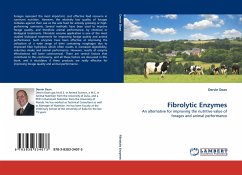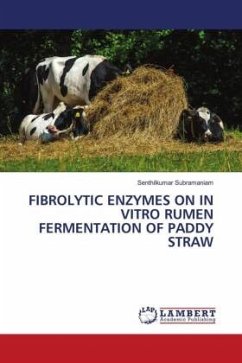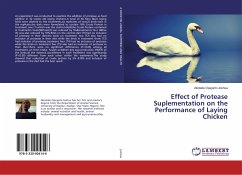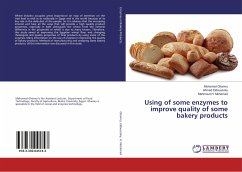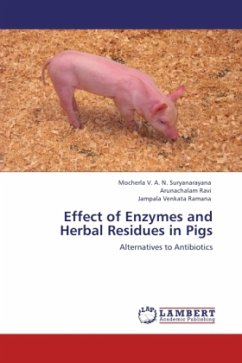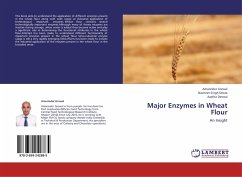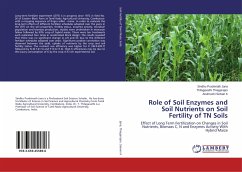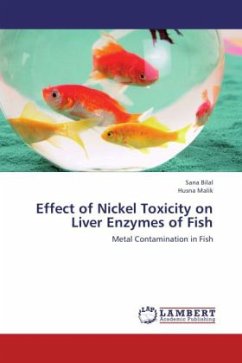Forages represent the most important, cost effective feed resource in ruminant nutrition. However, the relatively low quality of forages militates against their use as the sole feed for actively growing or high-performing ruminants. Several methods have been used to improve forage quality, and therefore animal performance, by chemical or biological treatments. Fibrolytic enzyme application is one of the most studied biological treatments for improving forage quality and animal performance. Such enzymes have been effective at improving the utilization of a wide range of diets containing roughages due to improved fiber hydrolysis which often results in increased digestibility, voluntary intake and animal performance. However, results of enzyme effectiveness still been controversial. There are several factors that contribute to this controversy, and all these factors are discussed in this book, and it elucidates if these products are really effective for improving forage quality andanimal performance.
Bitte wählen Sie Ihr Anliegen aus.
Rechnungen
Retourenschein anfordern
Bestellstatus
Storno

